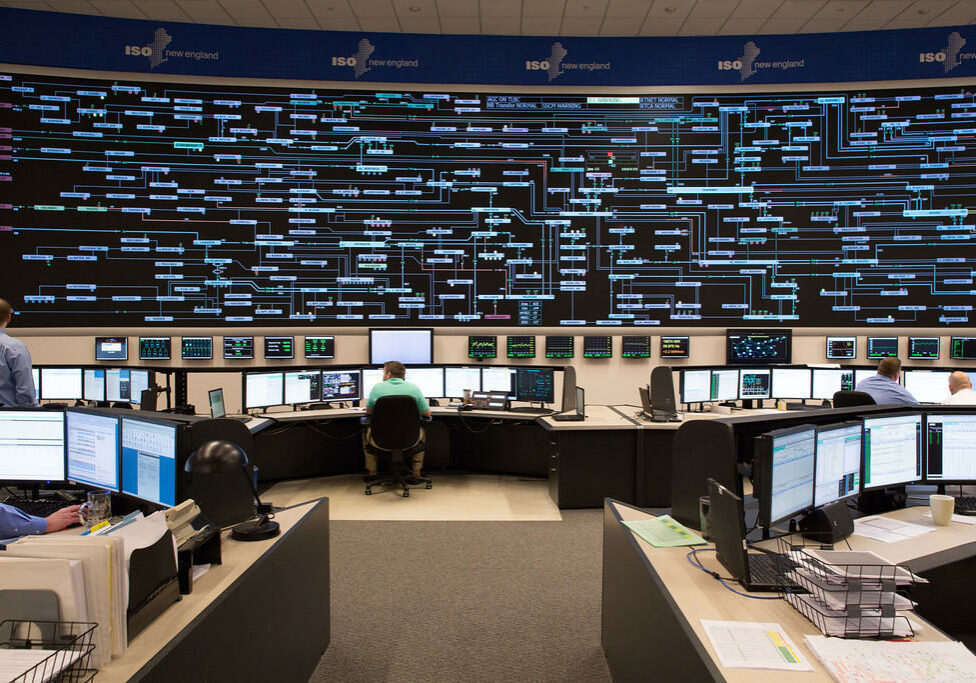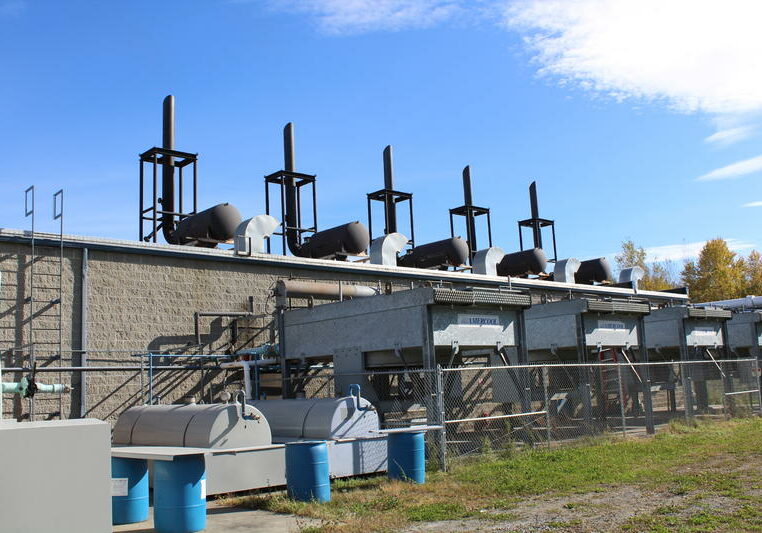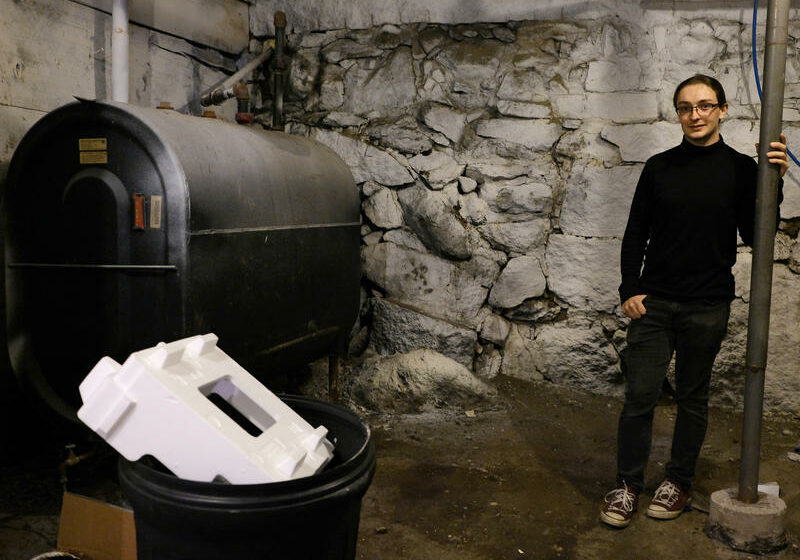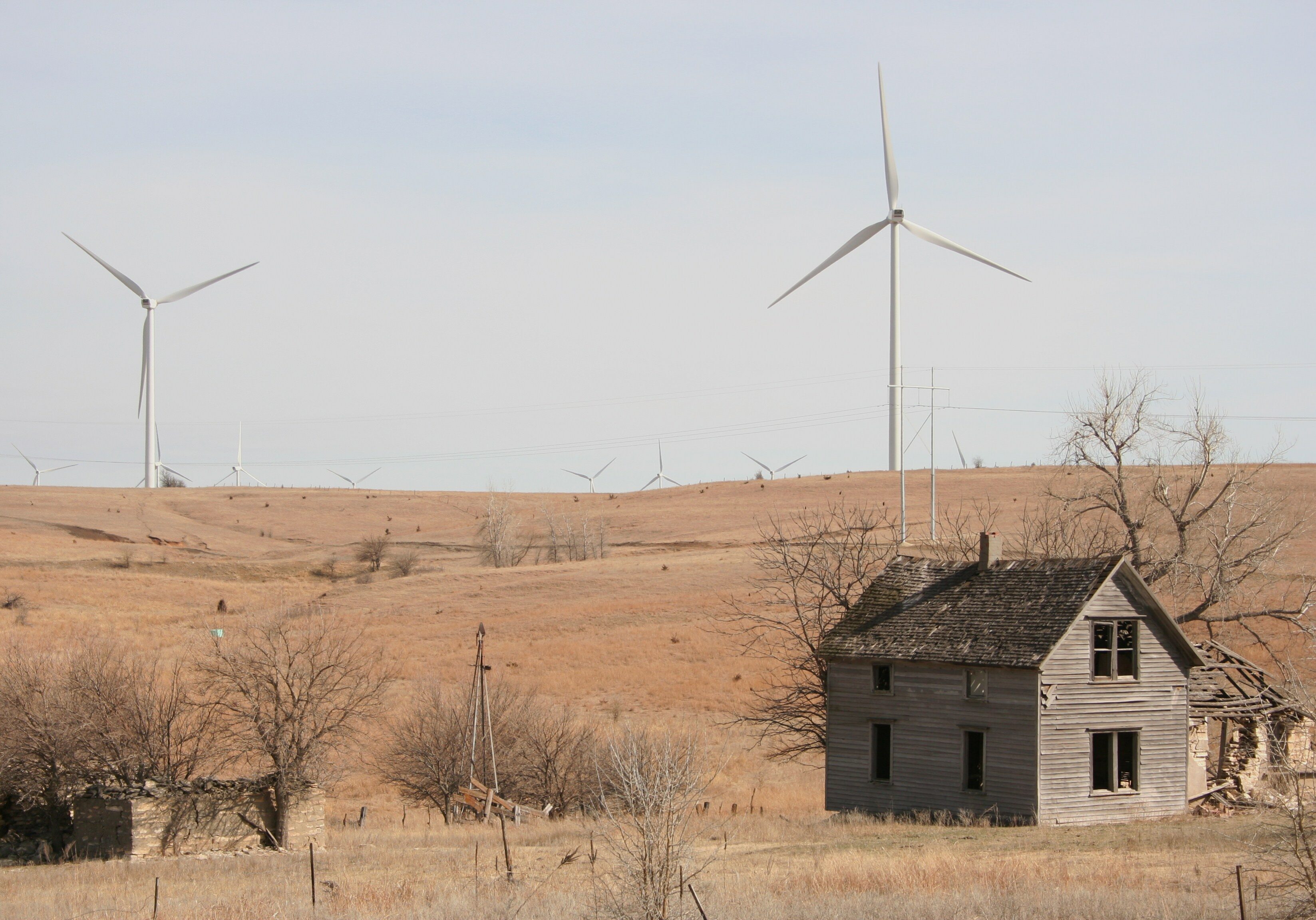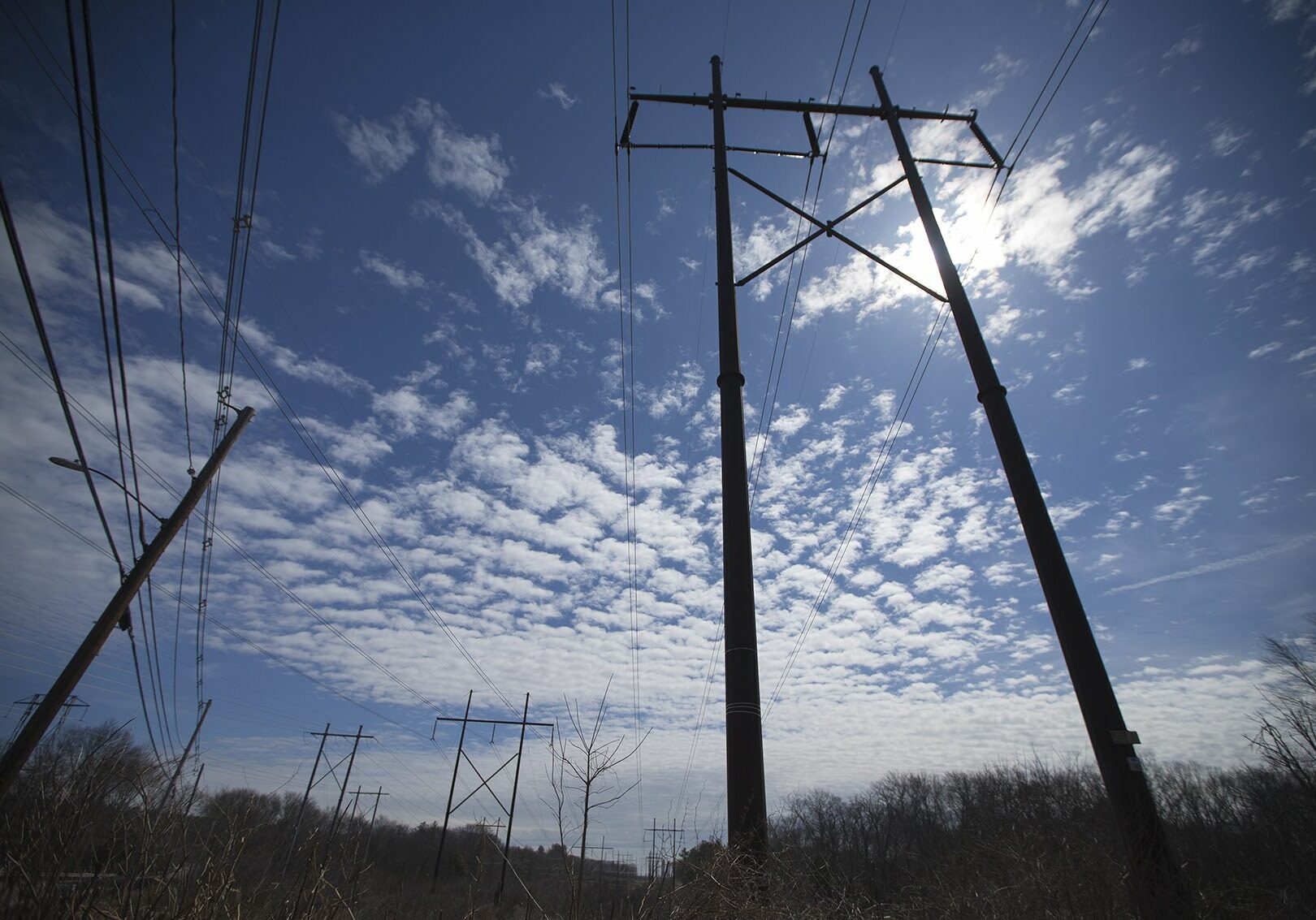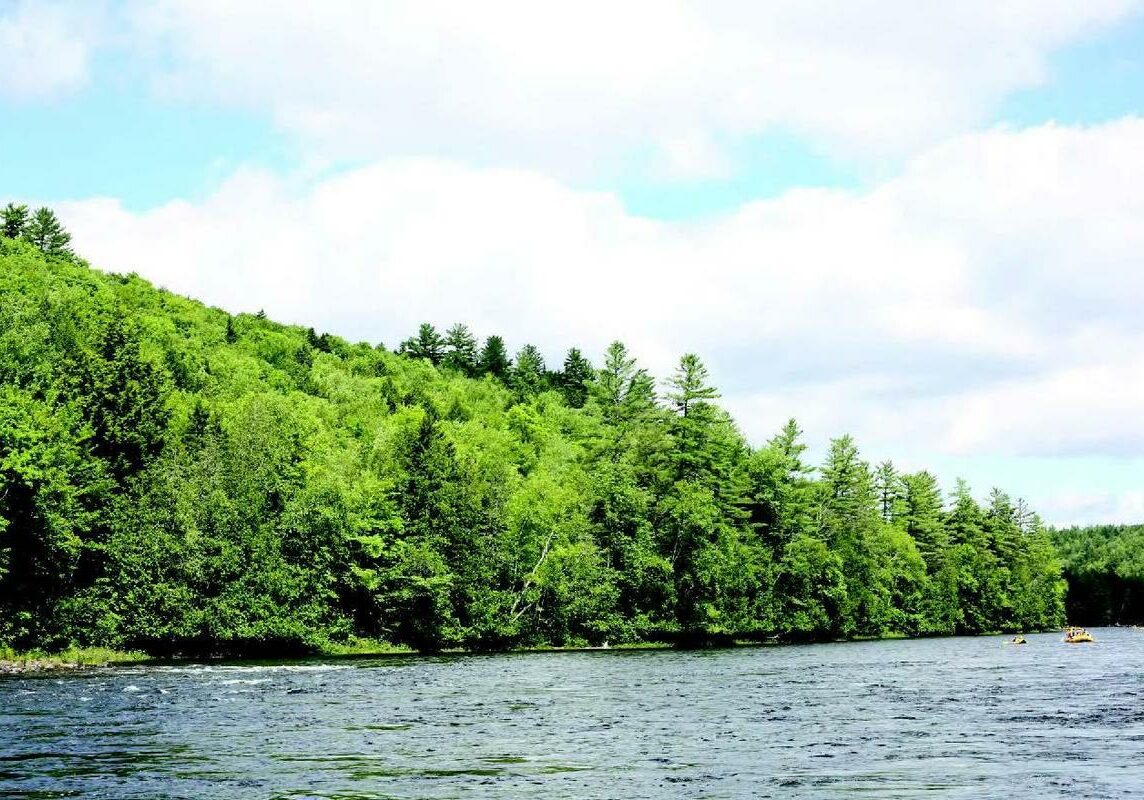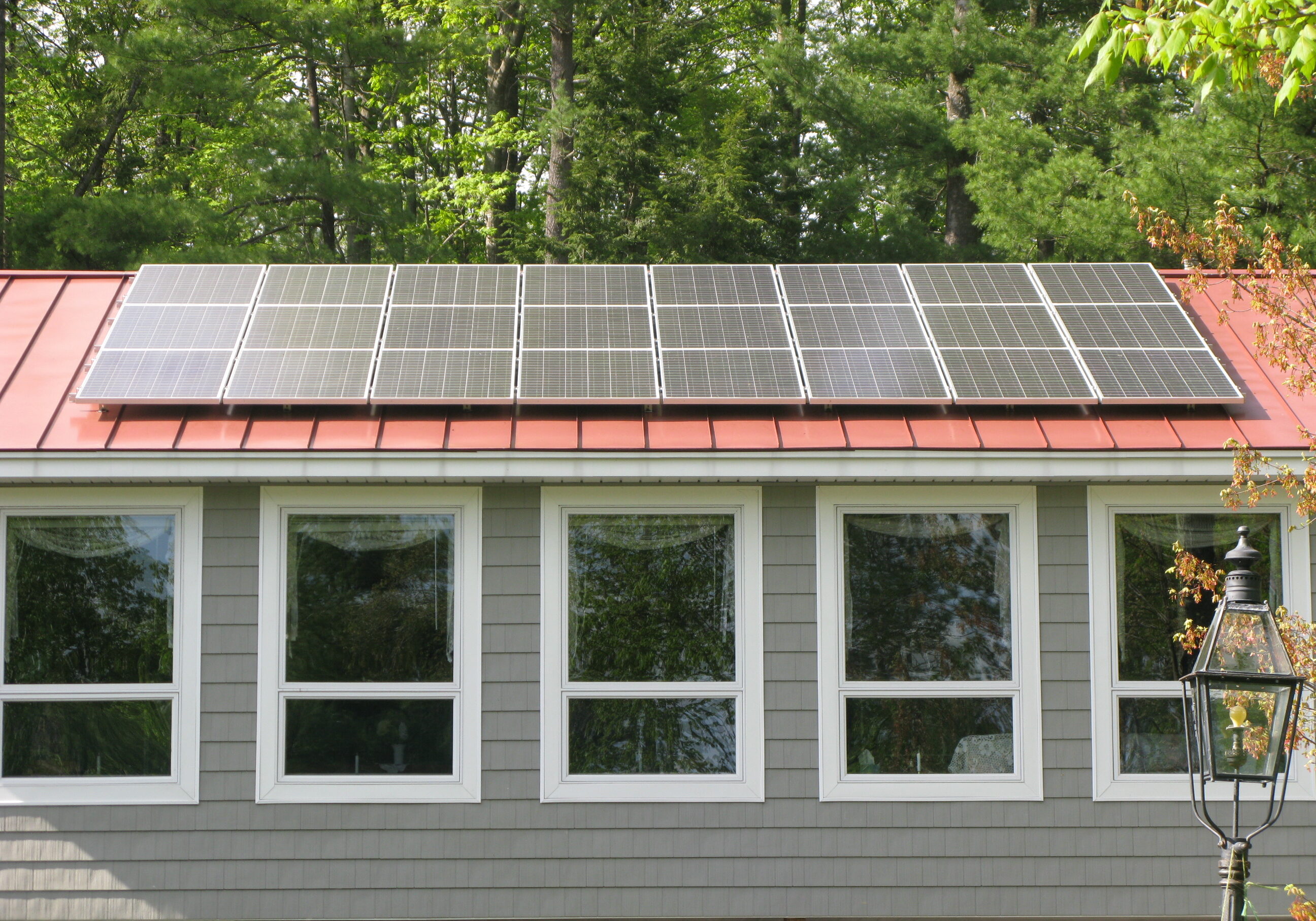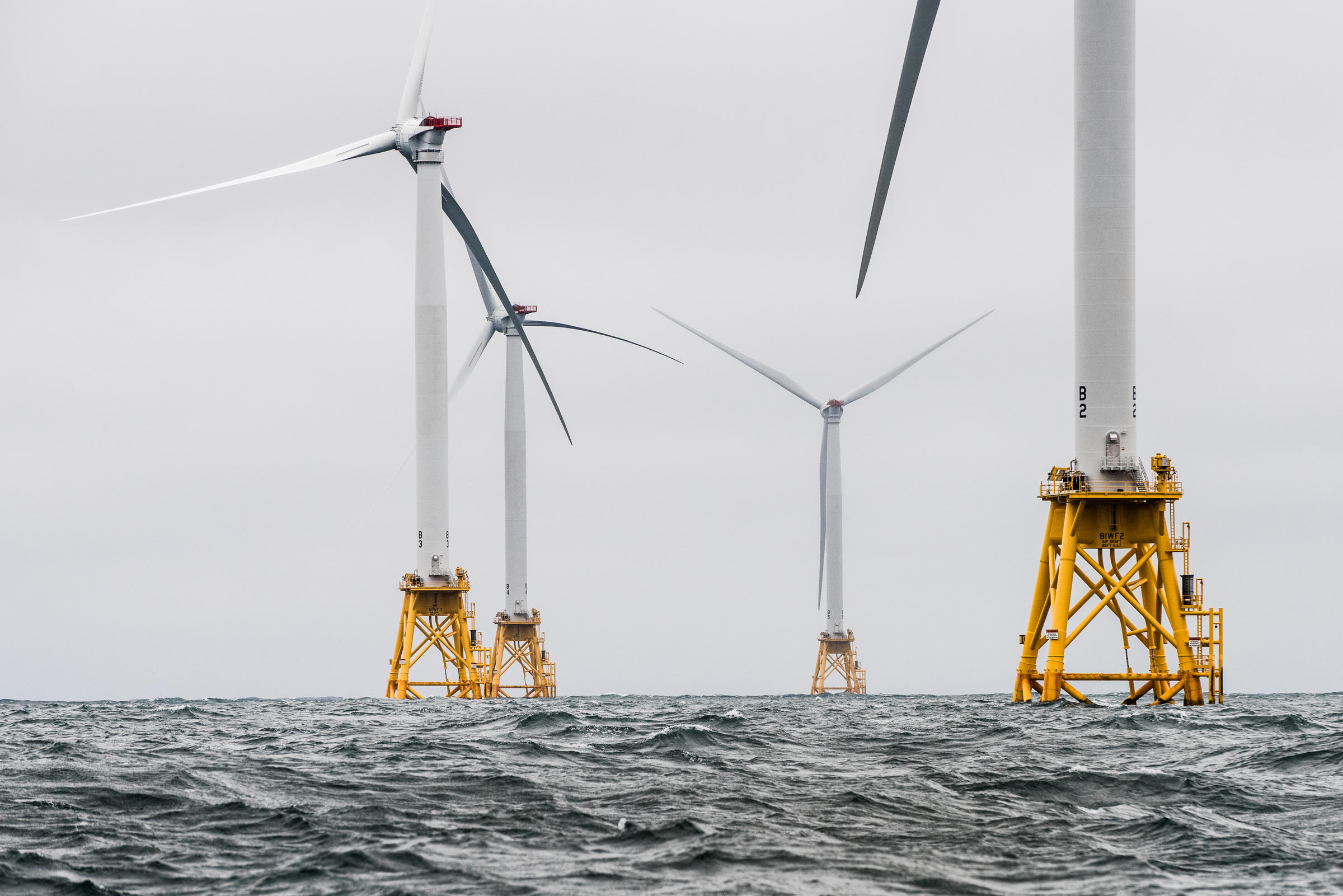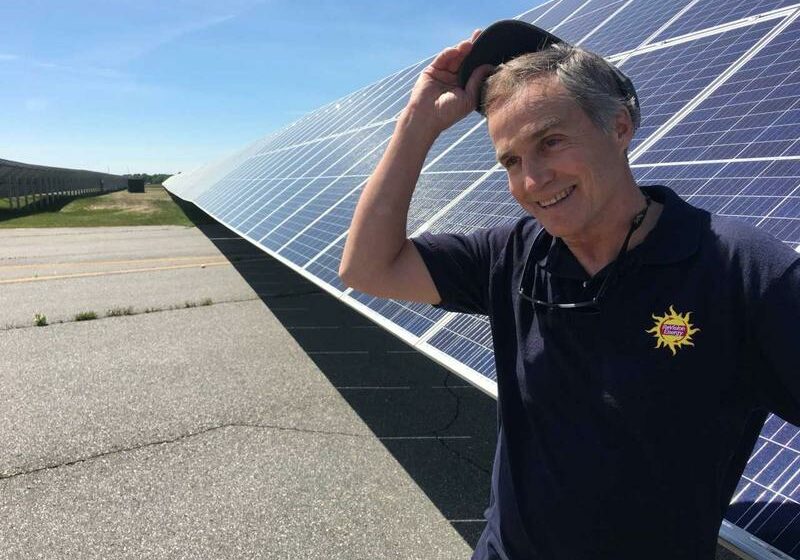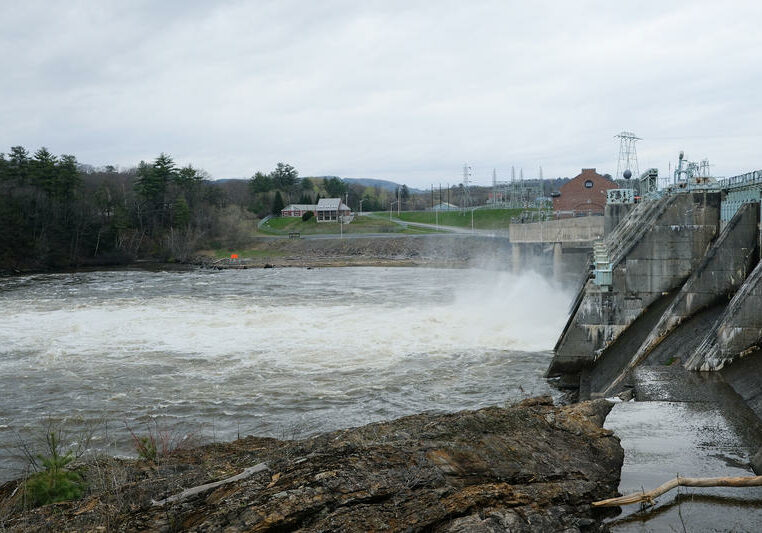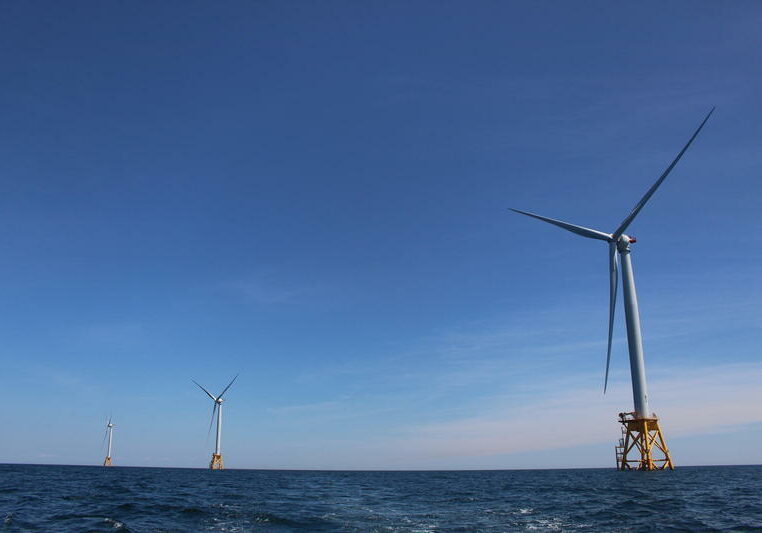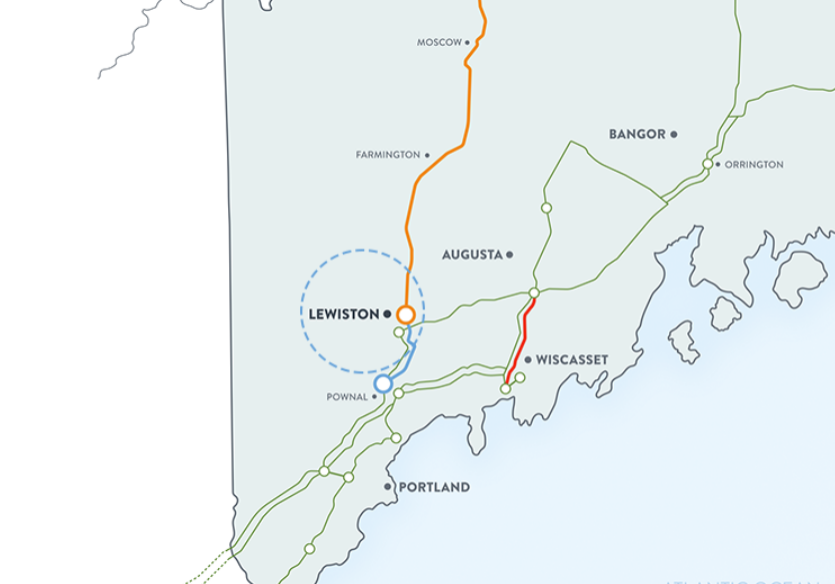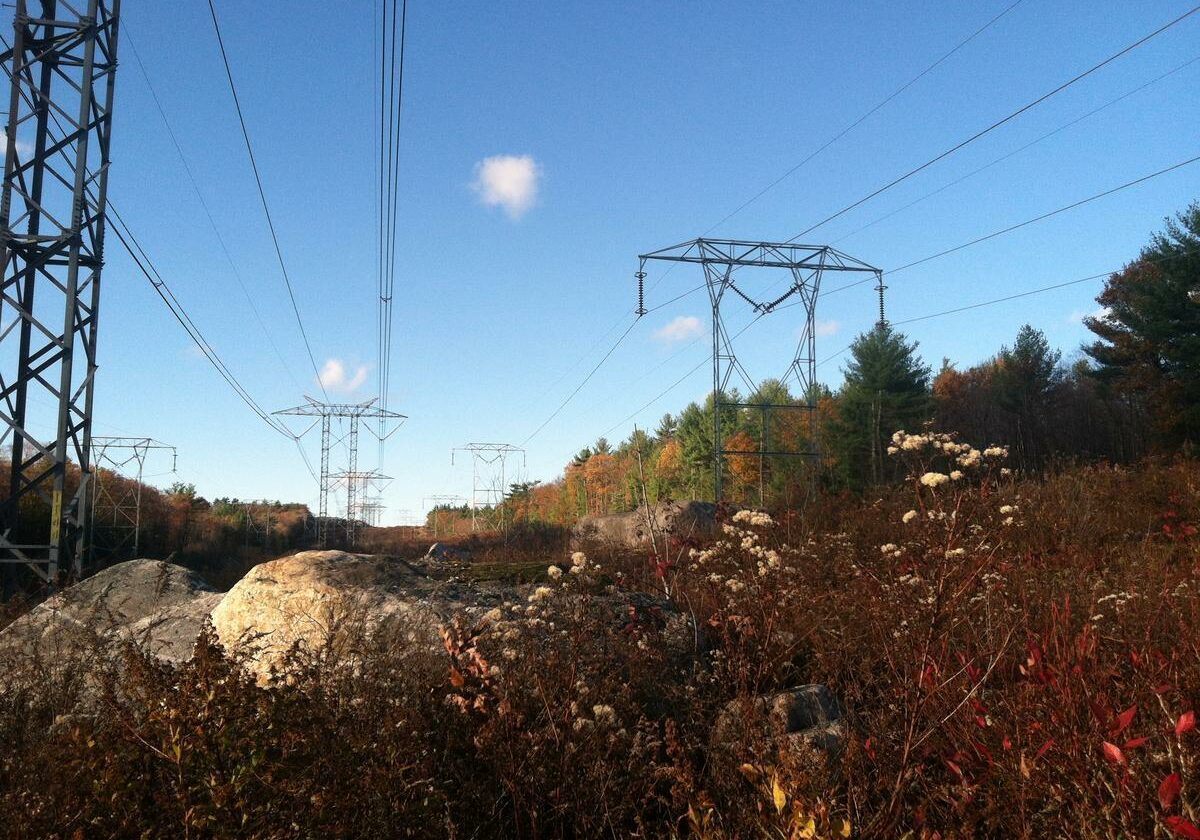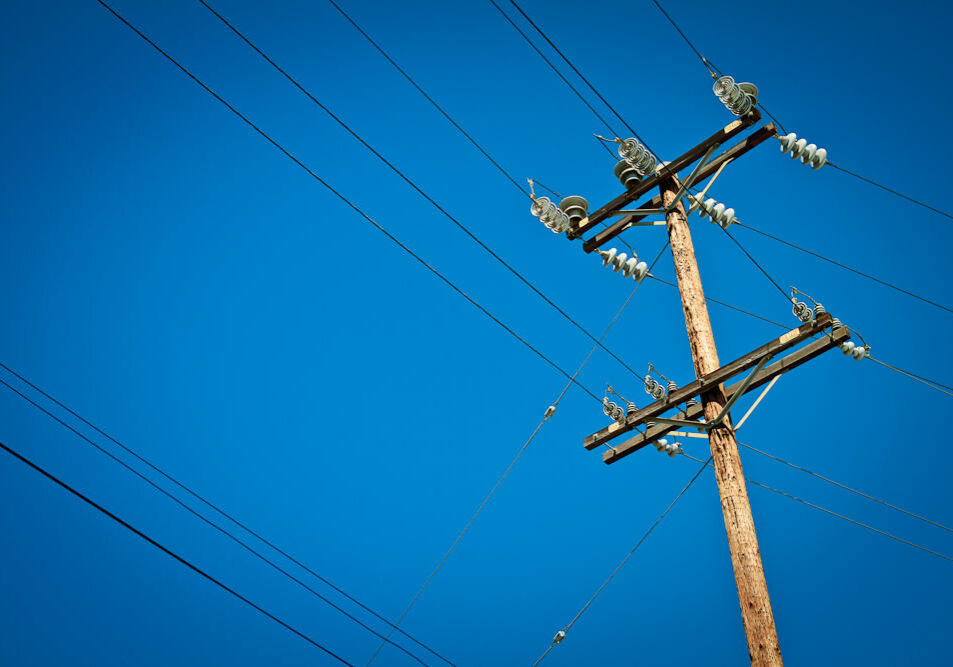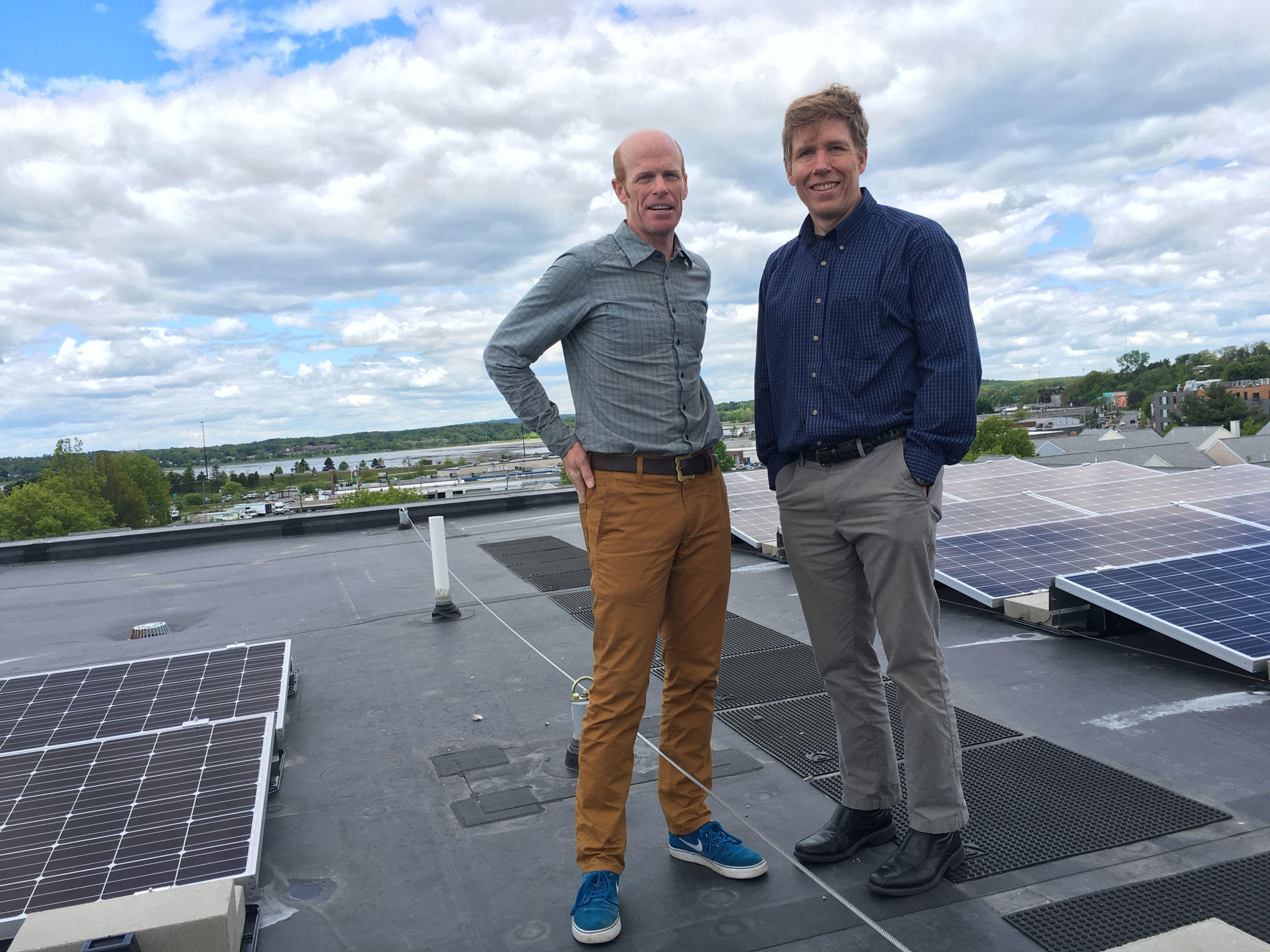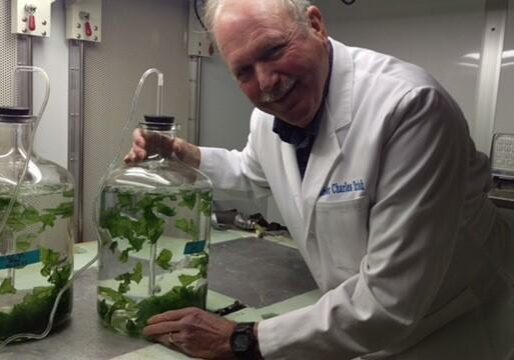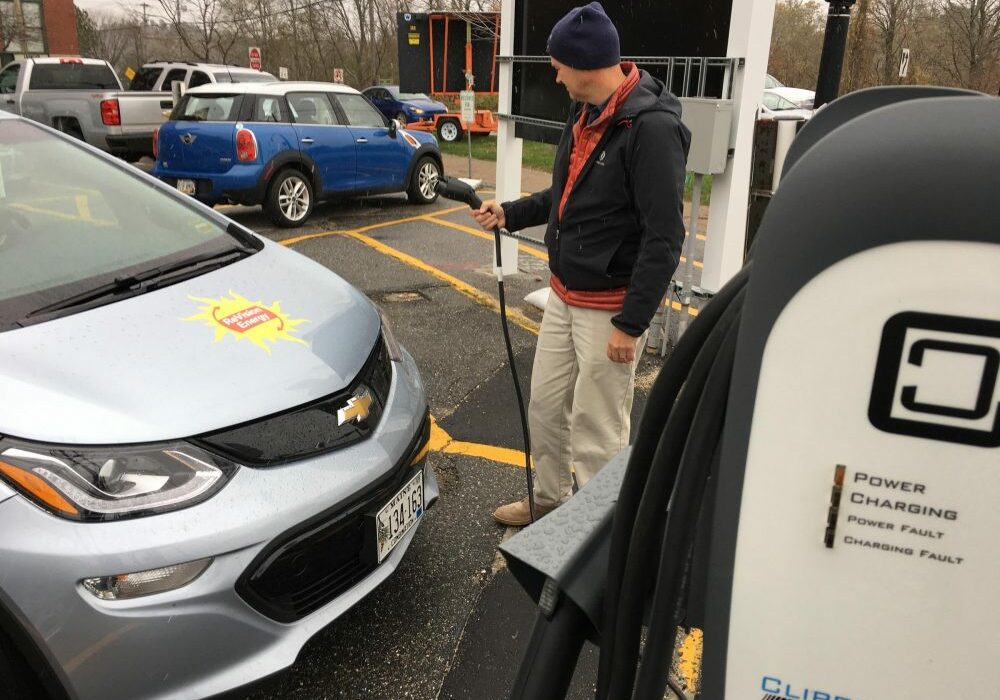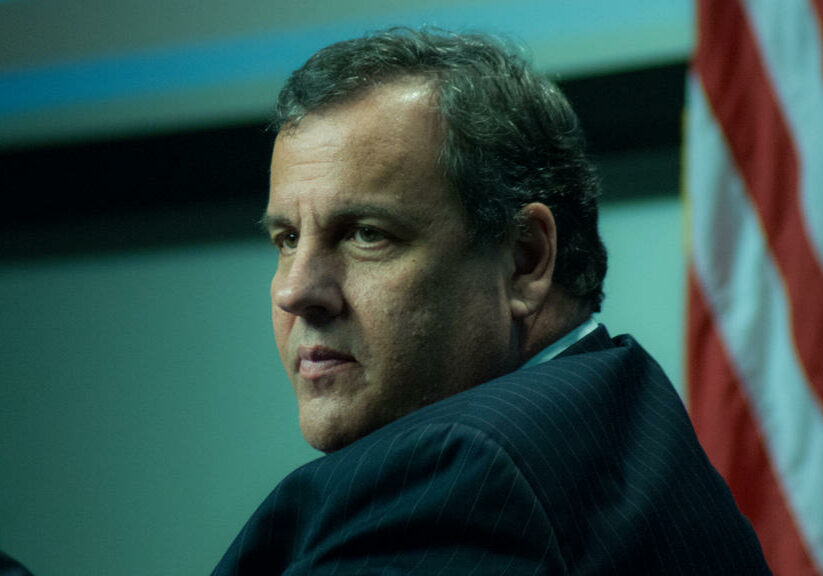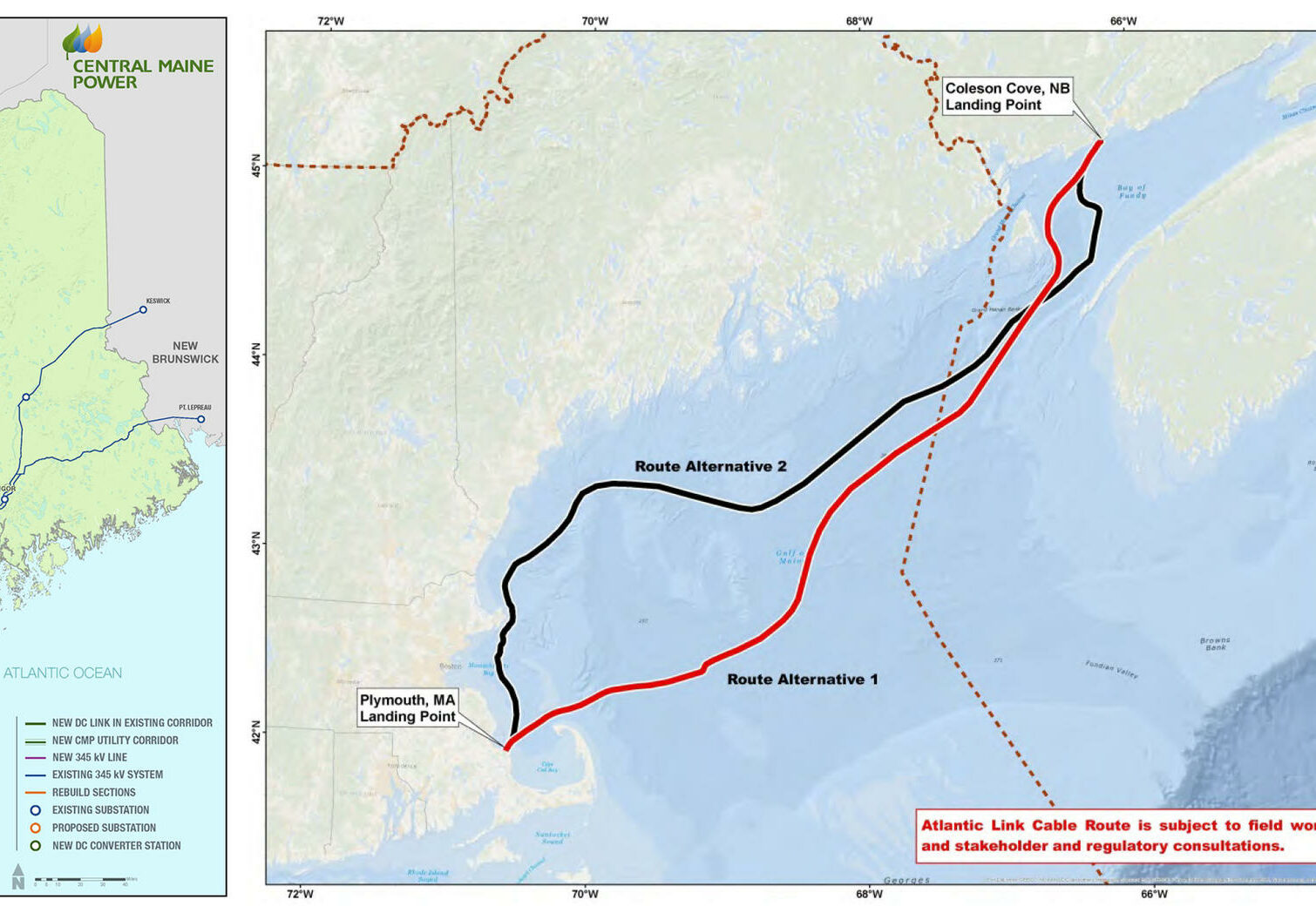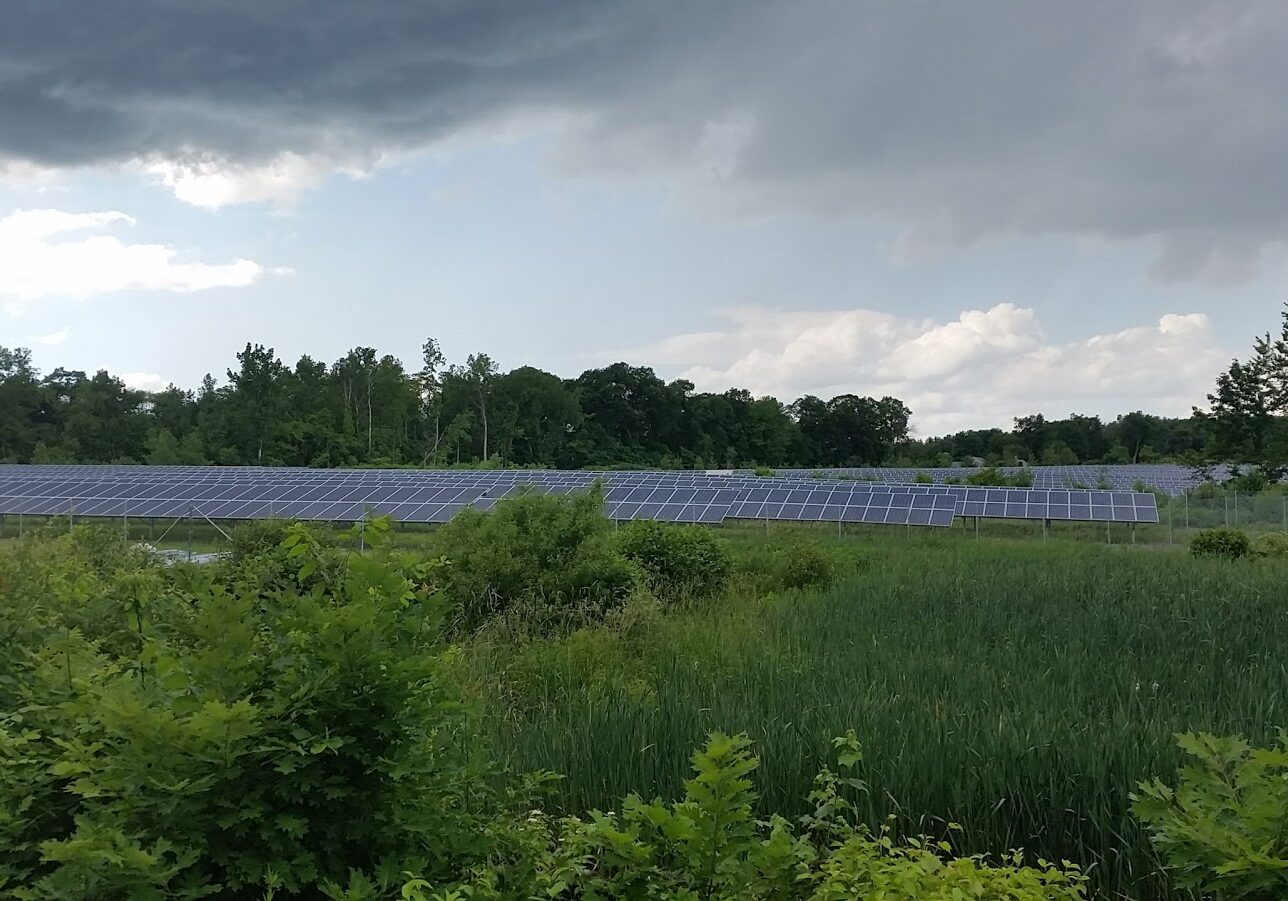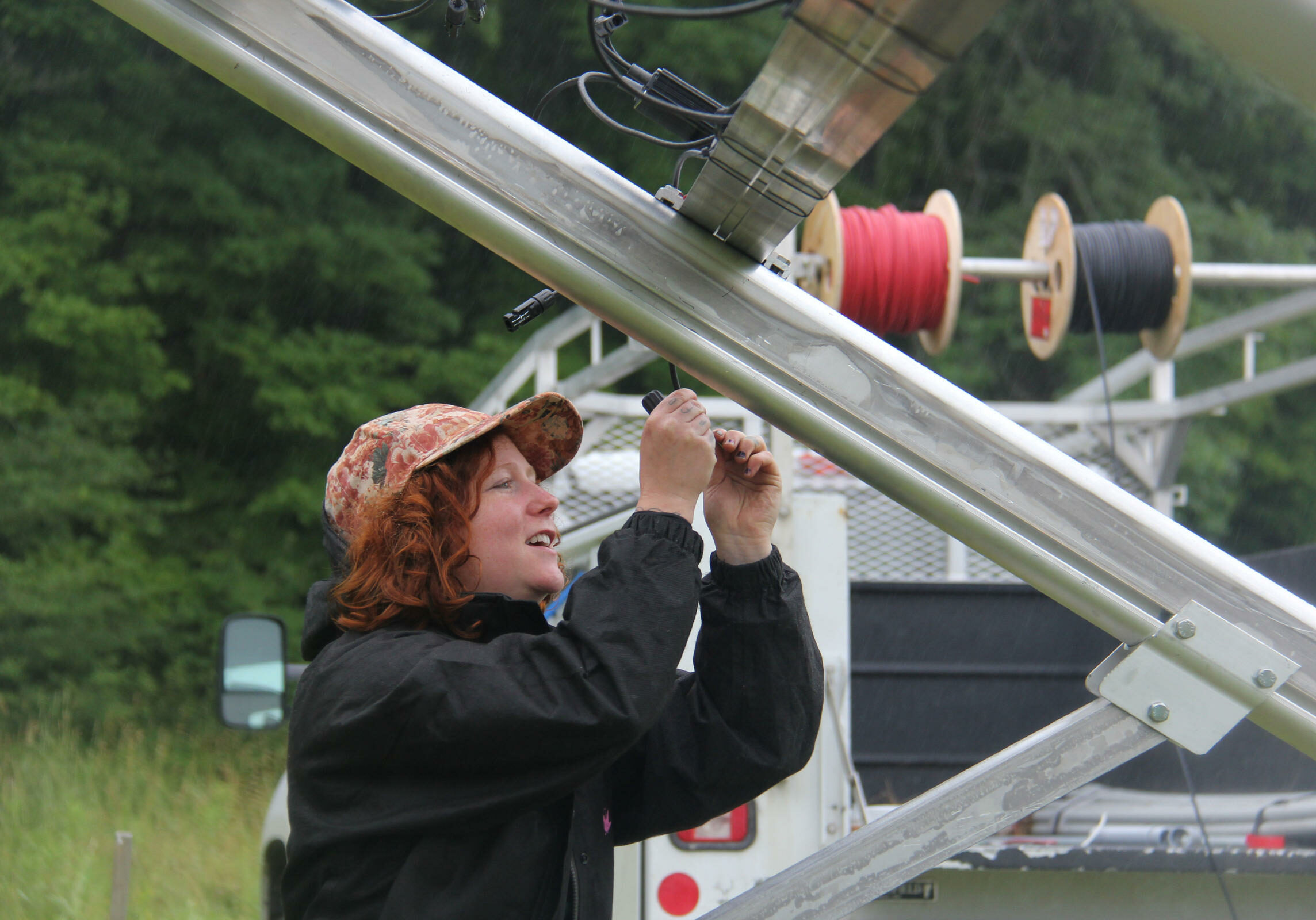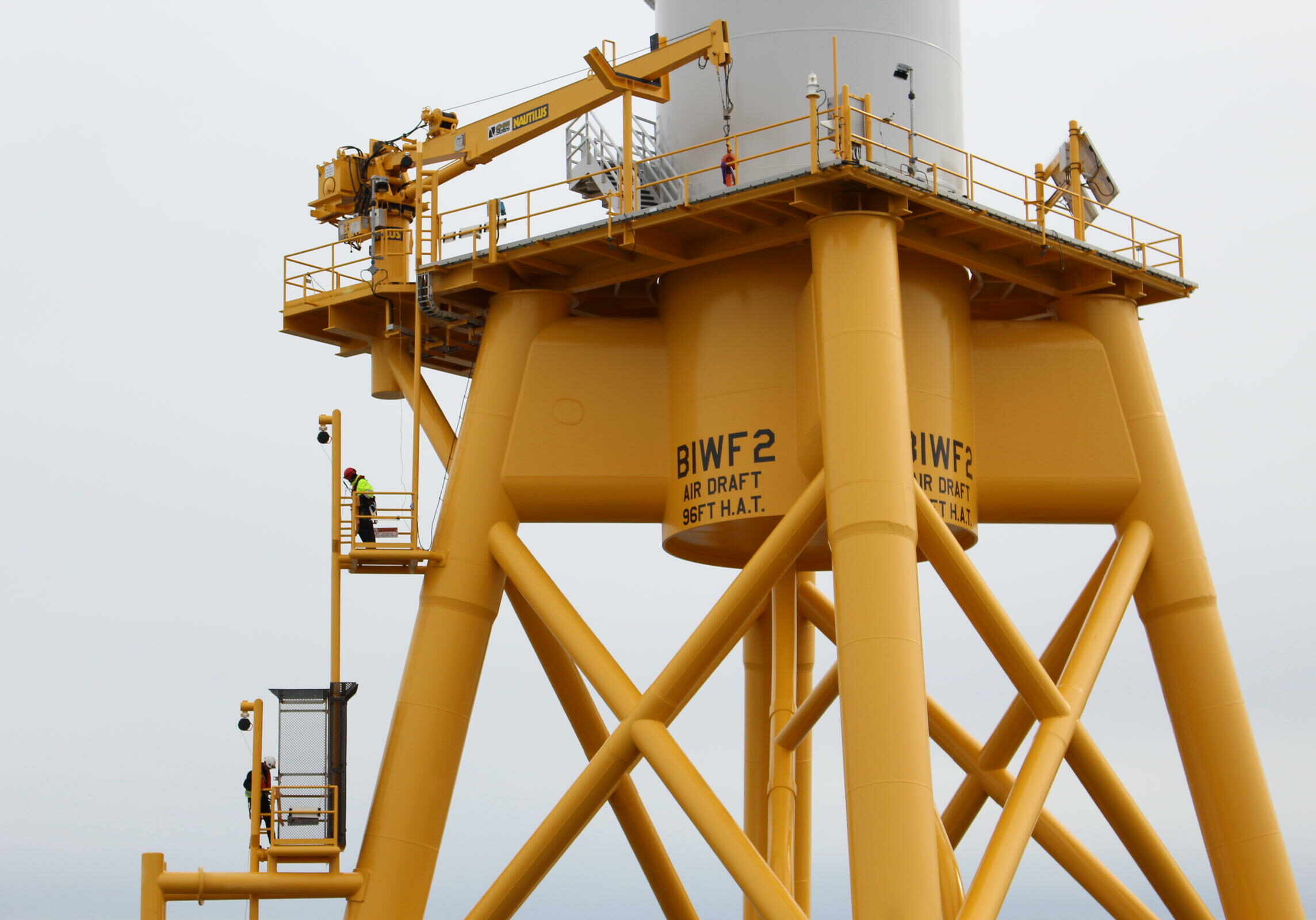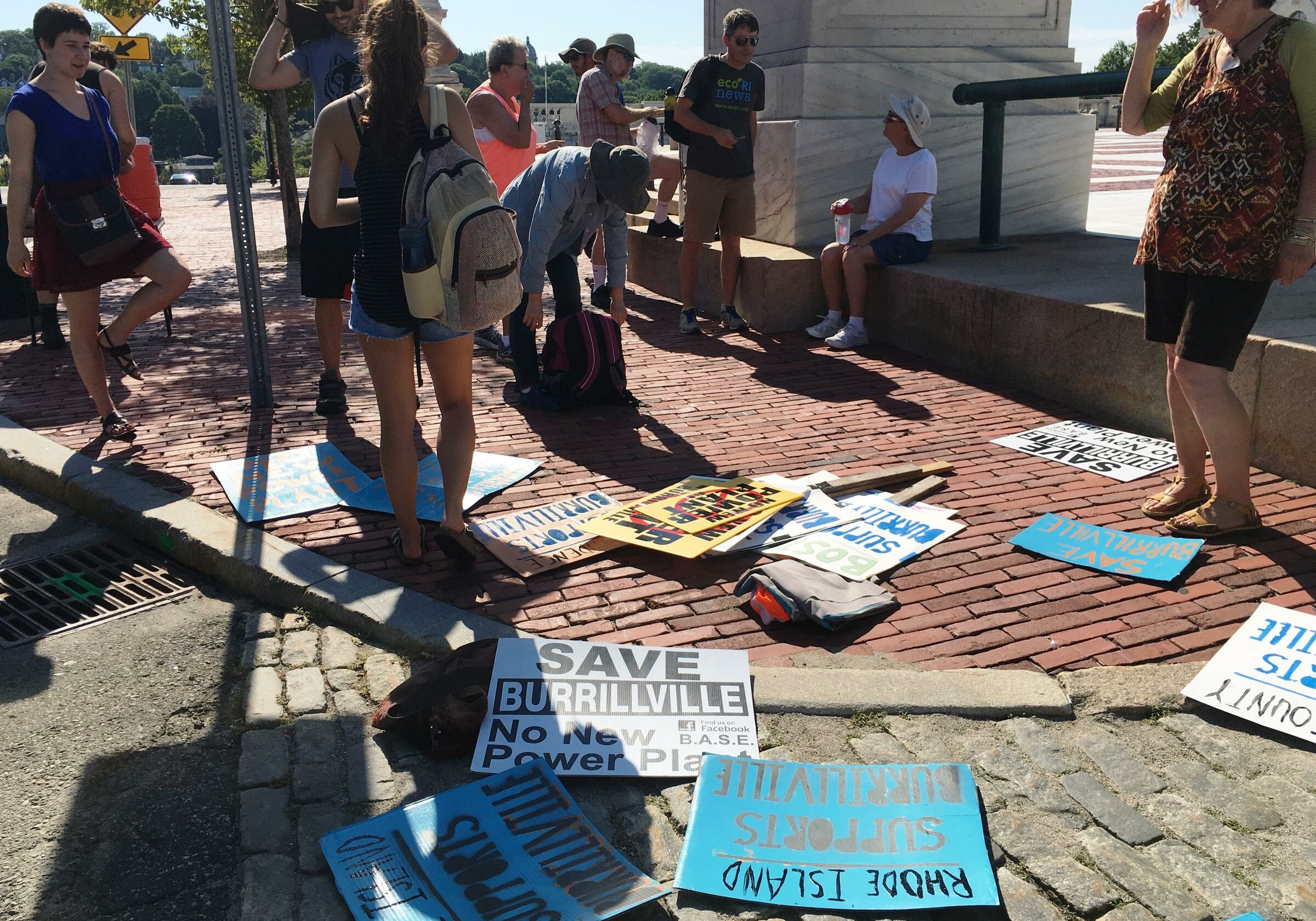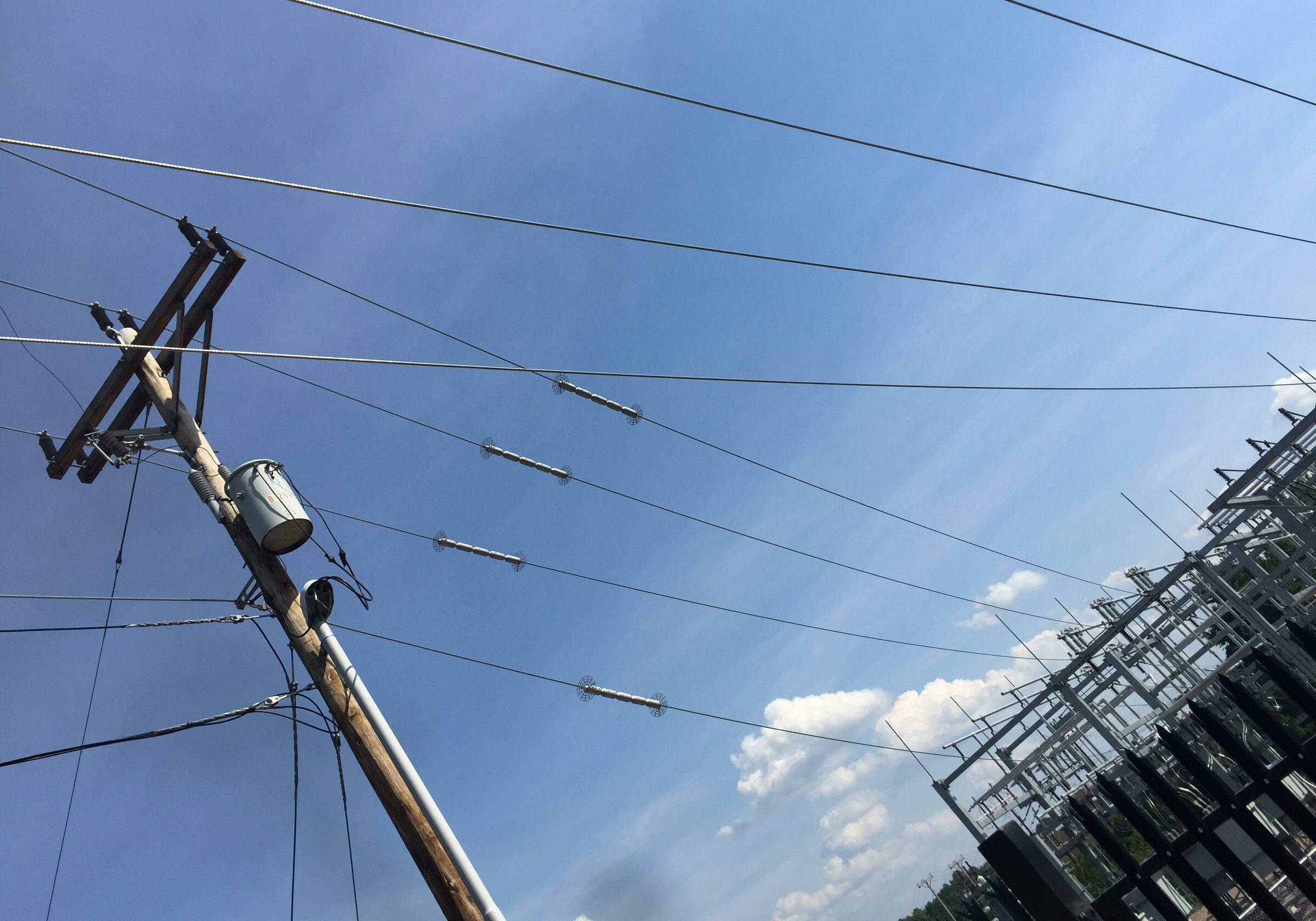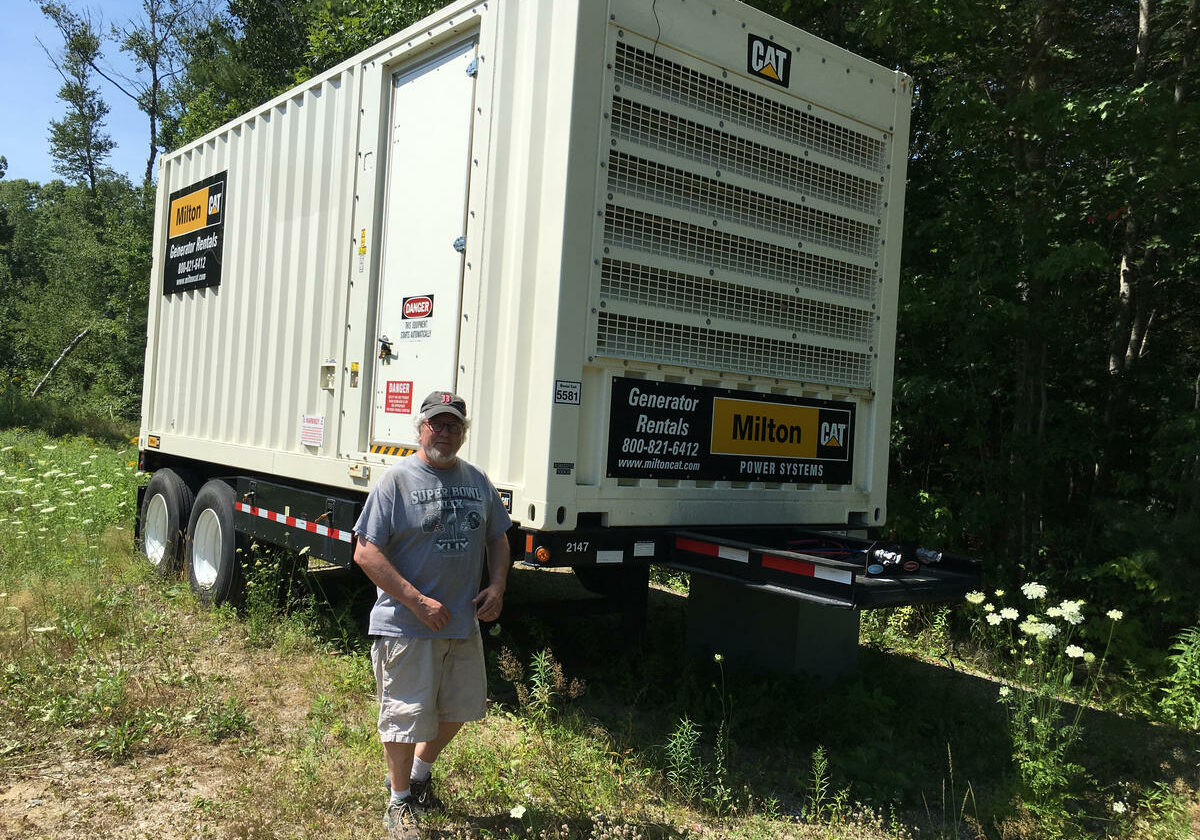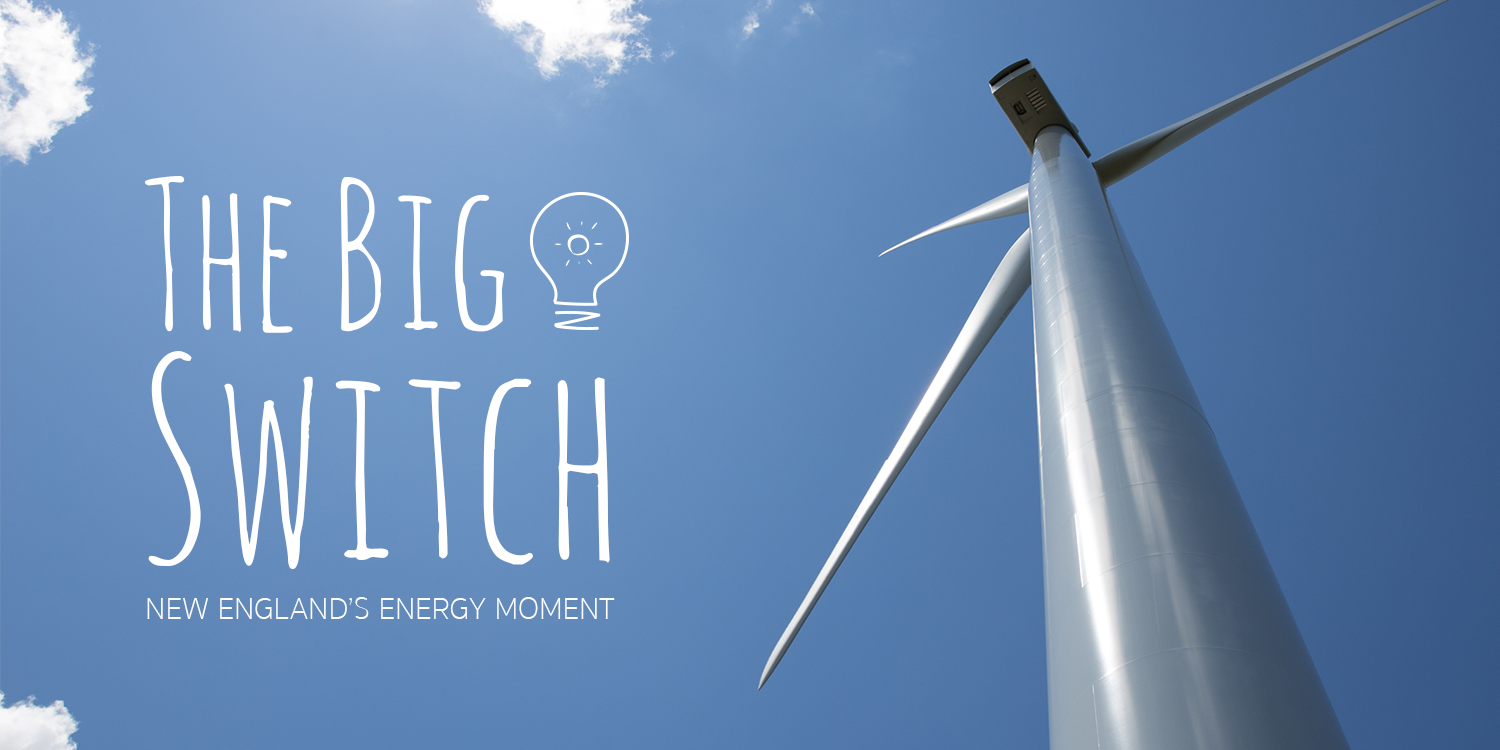
High prices, infrastructure bottlenecks and climate change fears have all prompted New England to make a big switch to renewable energy sources. But what happens when our old-fashioned power grid has to make room for wind and solar? What are the consequences when this new clean energy system relies on fossil fuels to fill the gaps?
The Big Switch is a project of the New England News Collaborative, where we explore our energy system at a moment of big change. We'll look at energy storage and production, efforts at efficiency and conservation, current demands on the grid, and the battle over where to put the wind turbines, solar panels, and yes, the fossil fuel plants that keep our lights on.
Rhode Island regulators unanimously approved a contract to build the state’s second offshore wind farm. It’s just one of over a dozen offshore wind farms popping up across the Mid-Atlantic in what’s now been dubbed “The Saudi Arabia of Wind.” But some scientists and fishermen say the growth is too much too fast.
Vineyard Wind is expected to start construction of the nation’s first large-scale offshore wind farm this fall. The $2 billion project has come after a seven year battle between the company, federal regulators, and fishermen who are concerned about the effects of wind farms on their livelihoods. Despite industry efforts to address the economic impact, the maritime industry says its concerns are far from settled.
Like all nuclear power plants, Pilgrim releases small amounts of radioactive gases and liquids as part of its normal operations. These emissions are controlled by the plant, and monitored by federal and state regulators to protect public health.
Beneath a towering granite pavilion, in the smallest state park in Massachusetts, is an unassuming gray boulder with outsized historic and economic importance: Plymouth Rock. The Rock draws a million visitors a year. Tourism is a powerful economic engine for Plymouth, employing 4,000 workers and generating $30 million annually in local taxes.
Over the next few years, workers at Pilgrim Nuclear Power Station will move the radioactive fuel into storage, dismantle the plant, and clean up the site. The process is called decommissioning, and a lot of people are worried about safety, cost and where the nuclear waste will finally end up.
At the end of May, the Pilgrim Nuclear Power Station in Plymouth will permanently shut down. Forty-six years ago it began generating electricity, high-paying jobs and intense controversy over safety and environmental impact.
The Pilgrim Nuclear Power Station in Plymouth pumps about a half-billion gallons of water from Cape Cod Bay into the plant every day. The water cycles continuously, passing through the plant's condenser, and returning to the bay about 10 minutes later — and 30 degrees warmer.
Central Maine Power’s controversial project would bring hydro-electricity from Canada to serve Massachusetts consumers. Among the people who live along the route of proposed project, some support it while others are strongly opposed.
Renewable energy projects have been growing across New England in recent years. And while offshore wind and grid-scale solar have gotten lots of the attention -- a smaller, more community-oriented way of getting power has been steadily taking hold: “shared clean energy.”
In some parts of New England, towns are committing to transition to 100 percent renewable energy. There’s a useful tool for places looking to make the transition: “The Solutions Project” has a “vision” for each state in the country for what a switch to 100 percent renewables could look like.
After a permit for Eversource's Northern Pass project was denied, Massachusetts went with Plan B: Central Maine Power's New England Energy Connect. What about these two projects led to such different outcomes?
As Vermont Yankee Nuclear Power Plant stopped production in Vernon, Vermont, and as Pilgrim Nuclear Power Station in Plymouth, Massachusetts moves to close later this year, what is the future of nuclear power in our region?
Maine Governor Janet Mills and two environmental groups are signing on to Central Maine Power's bid to build a controversial new transmission line through western Maine's forests.
When you think about renewable energy, does a nuclear power plant come to mind? Probably not. But in a roundabout way, Vermont utilities are using nuclear energy to meet the state’s renewable energy standards.
ISO New England is in charge of the grid, and they also operate a wholesale electricity market to make sure there’s always power available. It’s a system built on already dizzying complexity, in an energy ecosystem that’s getting more complex, adding new power from renewables all the time.
A boom in renewable energy around New England has led to higher rates for a small Vermont utility. The reason has to do with the declining value of an energy commodity know as "renewable energy credits."
Across New Hampshire, homeowners are getting creative about ways to keep costs in check and, in some cases, transition to renewable fuel at the same time. In the Upper Valley, one city is particularly out front on this challenge.
Energy can be tough to understand. When we flip a light switch, we know the lights should come on. But we might not know where that power came from – or why it costs what it costs.
A wind power auction for three plots of ocean off of the coast of Massachusetts broke a record last week for the highest price ever paid in a U.S. wind lease auction.
As New England invests in wind energy projects off of our coasts, the amount of wind energy we use still pales in comparison to states in the “wind belt.” Philip Warburg explains what states in our region can learn from states that we don’t usually think of as leaders in renewable energy.
How are gubernatorial candidates around our region talking about climate change? Annie Ropeik and Bruce Gellerman join John Dankosky to discuss how the candidates for Governor of Massachusetts and New Hampshire are discussing environmental issues.
Maine's candidates for governor are voicing varying degrees of skepticism about Central Maine Power's plan to build a major transmission corridor from Canada through Maine — though that doesn't necessarily mean the candidates are against it.
Small electric utilities around Vermont are concerned their customers will face higher bills to pay for a boom in solar projects. Last month, the utilities complained to regulators about the subsidies they have to pay for certain solar projects.
Energy analysts are seeing that, especially during heat waves like the one that’s gripped New England for much of the summer, BTM solar can actually have a big impact on our energy needs.
Mary Hollis lives in a single-family home in Hartford. There’s a draft by the door where she eats breakfast. And during the winter, chills seep around pipes and through the front foyer.
The owner of the Pilgrim nuclear power plant is selling it at a bargain price. In fact, it's practically giving away the plant and its $1 billion trust fund. But there's a catch.
A Nature Conservancy project in northern Vermont will store carbon to meet California’s greenhouse gas reduction goals. The group says proceeds from the sale of these “carbon credits” will pay for future land protection projects.
Tiny Isle au Haut is the laboratory with a big solution: islanders and engineers are using artificial intelligence, complex algorithms and a bootstrapping attitude in an urgent effort to design what they are calling the next, next electricity grid.
Central Maine Power (CMP) and a group of stakeholders in the western region of Maine, where the company wants to build a major new transmission line, have strucka mitigation deal worth up to $22 million.
For the past eight years, New Bedford has been advocating for offshore wind and preparing their port to service offshore wind projects. But why is the city betting on this industry?
Solar power’s emergence as an important feature of New England’s energy landscape just hit an important milestone.
Right now, a group of hydroelectric dams on the Connecticut River are undergoing a once-in-a-generation process – a federal relicensing.
Massachusetts has announced their pick for the first industrial-sized offshore wind project: the Vineyard Wind project, which will build an 800-megawatt wind farm off of the southern coast of Martha’s Vineyard.
Massachusetts energy officials have announced they're going with Plan B to bring Canadian hydroelectric power to the Bay State. They've selected a back-up project that runs transmission lines through Maine, after New Hampshire state regulators refused to allow Plan A – the controversial Northern Pass project.
In the small town of Warren, Vermont a so-called “net zero” house is being built that will not use any fossil fuel. The house has solar panels on the roof to generate electricity and pipes in the ground to capture geothermal energy for heating. It won’t be using power from the grid that was generated with fossil fuel.
Massachusetts opted last week for one large power line to cover a big chunk of its energy needs for the next 20-plus years. The Northern Pass proposal beat out other big transmission projects and dozens of smaller options for the right to supply all renewable power the Commonwealth wants.
Eversource’s Northern Pass transmission line is the sole project picked for long-term energy contract negotiations with Massachusetts.
Massachusetts will select bidders to supply thousands of megawatts of renewable, carbon-free electricity.
Connecticut's new budget will move tens of millions of dollars out of energy efficiency programs, sweeping that money, instead into the state's general fund.
A new type of energy-efficient construction is drawing attention in the U.S. It’s called “passive housing” -- residences built to achieve ultra-low energy use. It’s so efficient that developers can eliminate central heating systems altogether. Imported from Germany, it's been a boutique building style until recently, with eco-minded home owners making costly upfront investments to downsize their carbon footprints. But now, New England is joining a surge in large-scale passive housing development.
New research from the University of New Hampshire says the greenest way to heat your home this winter is a wood pellet stove.
For the last 10 years, scientists all over the world have been racing to figure out how to convert massive quantities of seaweed into biofuel. UConn Professor Charles Yarish is one of them.
Electric vehicles, or EVs, make up a tiny fraction of the cars sold in New England. But new state policies — and a big cash infusion from the settlement of Volkswagen’s pollution scandal — could speed the building of electric vehicle charging stations and help push the regional market for EVs to new levels.
New Jersey's Governor-elect Phil Murphy has vowed to "immediately" bring his state back into the Regional Greenhouse Gas Initiative, or RGGI.
Maine is home to hundreds of dams that have fallen out of use, a legacy of the heyday of its mills.
New England electricity consumers paid billions of dollars more than necessary over a three-year period.
As my tour guide, Bill Eccleston, and I walked through the dirt, twigs and puddles of the George Washington Wildlife Management Area in Burrillville, we heard a bird call above us.
For more than half a century, a massive, oil-fired plant has been churning out electricity from an island in the heart of Maine’s Casco Bay, where sailors use its towering smokestack for navigation. The old generator is expensive to run and dirtier than new technologies, so these days it comes on only a few times a year. Nonetheless, since December, the wires on the island have been humming pretty much nonstop.
A play by Massachusetts to inject more renewable power into its electricity mix could reshape the entire region's energy landscape. Dozens of developers are competing to offer Massachusetts the best price for long-term contracts to supply clean energy to hundreds of thousands of homes.
The nation’s first offshore wind farm off the coast of Block Island is in the middle of its testing phase. It’ll start producing electricity next month. Delegates from various federal Sea Grant programs around the country got a boat tour of the turbines to learn how the Ocean State got this project done.
As Kevin Sullivan slowly rumbles his pickup truck across his 60 acres of property near the Connecticut-Massachusetts border, he leans in and asks a question: What’s farmland?
After years of encouraging solar development, Vermont seems to be attracting the attention of national solar companies.
The nation’s first offshore wind farm off the coast of Block Island will start producing electricity any day now. It’s a pilot project that will change the way the people on this small island power their homes and businesses. They’ve relied on importing diesel fuel up to this point.
Has little Rhode Island become the center for offshore wind power in the United States? It sure seems like it. The nation’s first offshore wind farm will start operating off Block Island in November. The project drew interest from European visitors recently, and this week, Rhode Island hosted an offshore wind energy conference.
There are wind projects throughout New England, but Connecticut hasn’t joined the movement. The state doesn’t have a lot of wind or a lot of available space, and only recently lifted a ban on wind turbine projects. In Colebrook, Connecticut, we find out why it's such a challenge.
New England gets about half its energy from natural gas, a huge jump from a few years ago. But many environmentalists are pushing back on big investments in gas-fired plants, just as renewables like wind and solar are taking off. In Rhode Island, we look at the controversy over whether to build another gas-fired plant in a small town.
We can't control when the sun shines and the wind blows. That means sometimes extra renewable energy gets dumped, or a wind plant is told to power down. One Vermont startup is hoping it can use a humble appliance in your basement -- your water heater -- as a storage device for extra electricity.
New England gets nearly 10 percent of its energy from renewable sources, with more on the way. But that change is posing challenges for the region’s electric grid -- like in Vermont, where solar power is booming, changing the landscape and transforming the way we buy, sell, and transmit electricity.
A major transformation in the way energy is made, delivered, and used is happening, and it’s disrupting the traditional business model of electric utility companies. That model includes building big infrastructure projects to transmit electricity. One startup company in Maine is averting the need to build a costly new transmission line.


